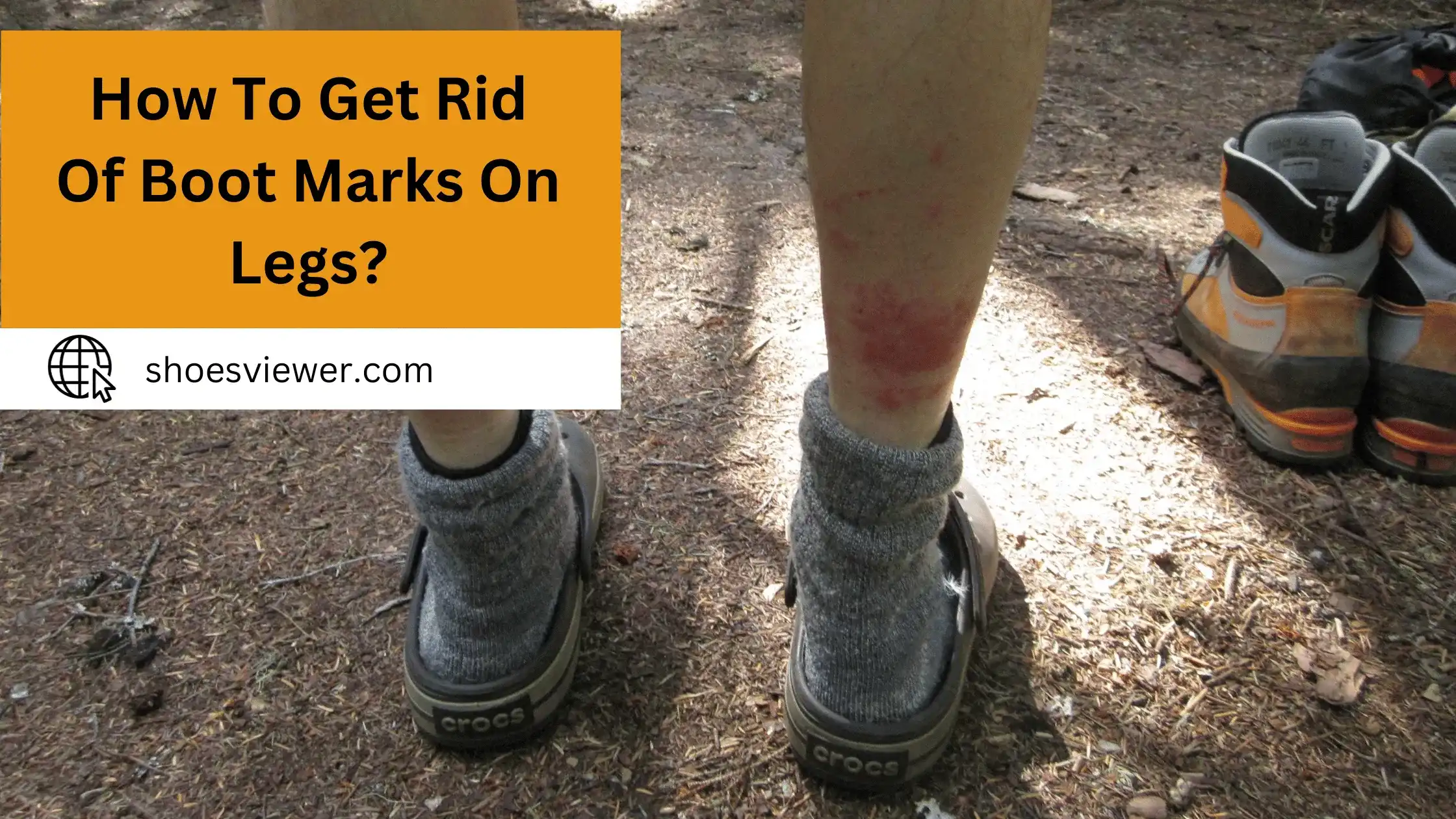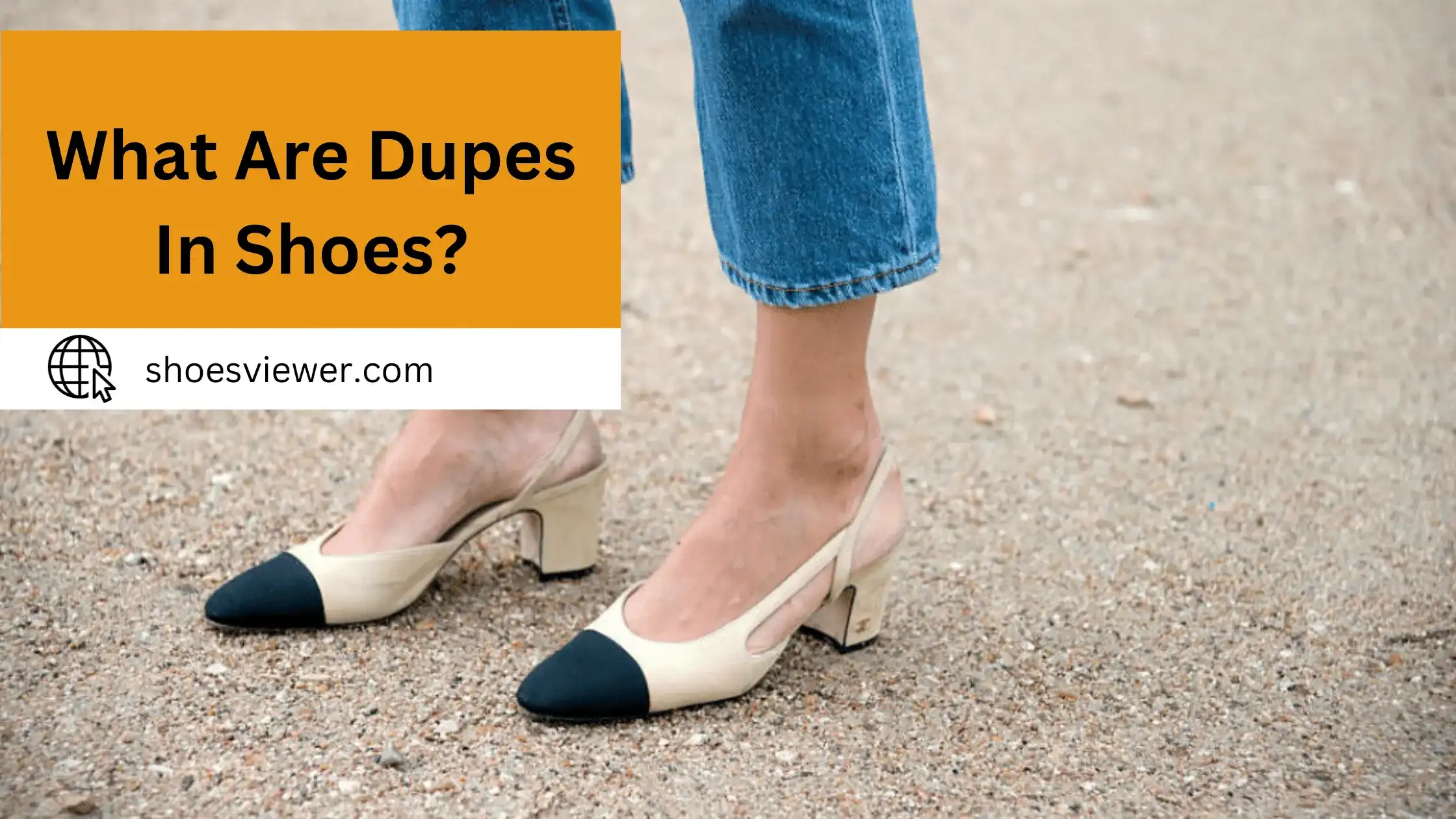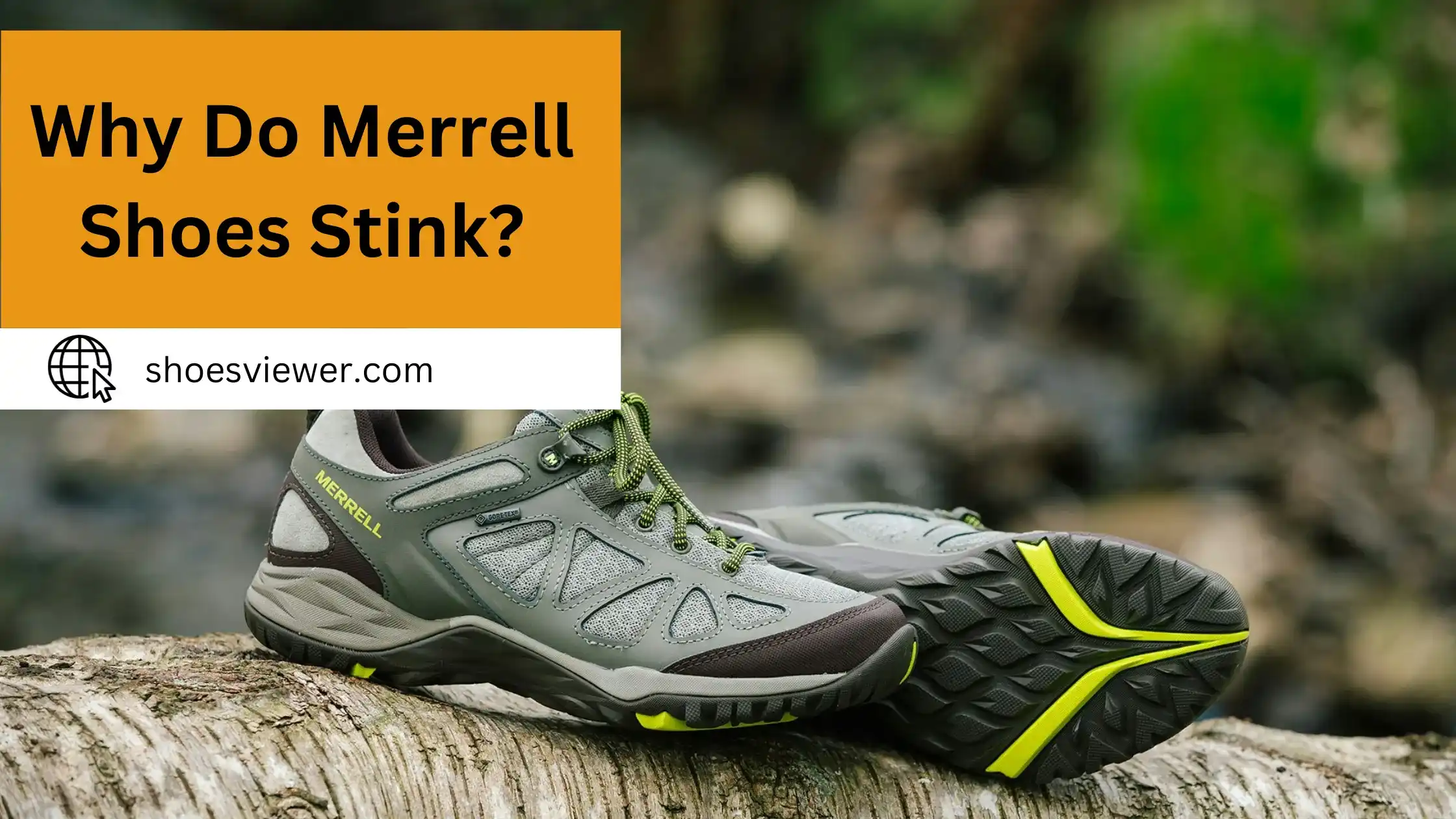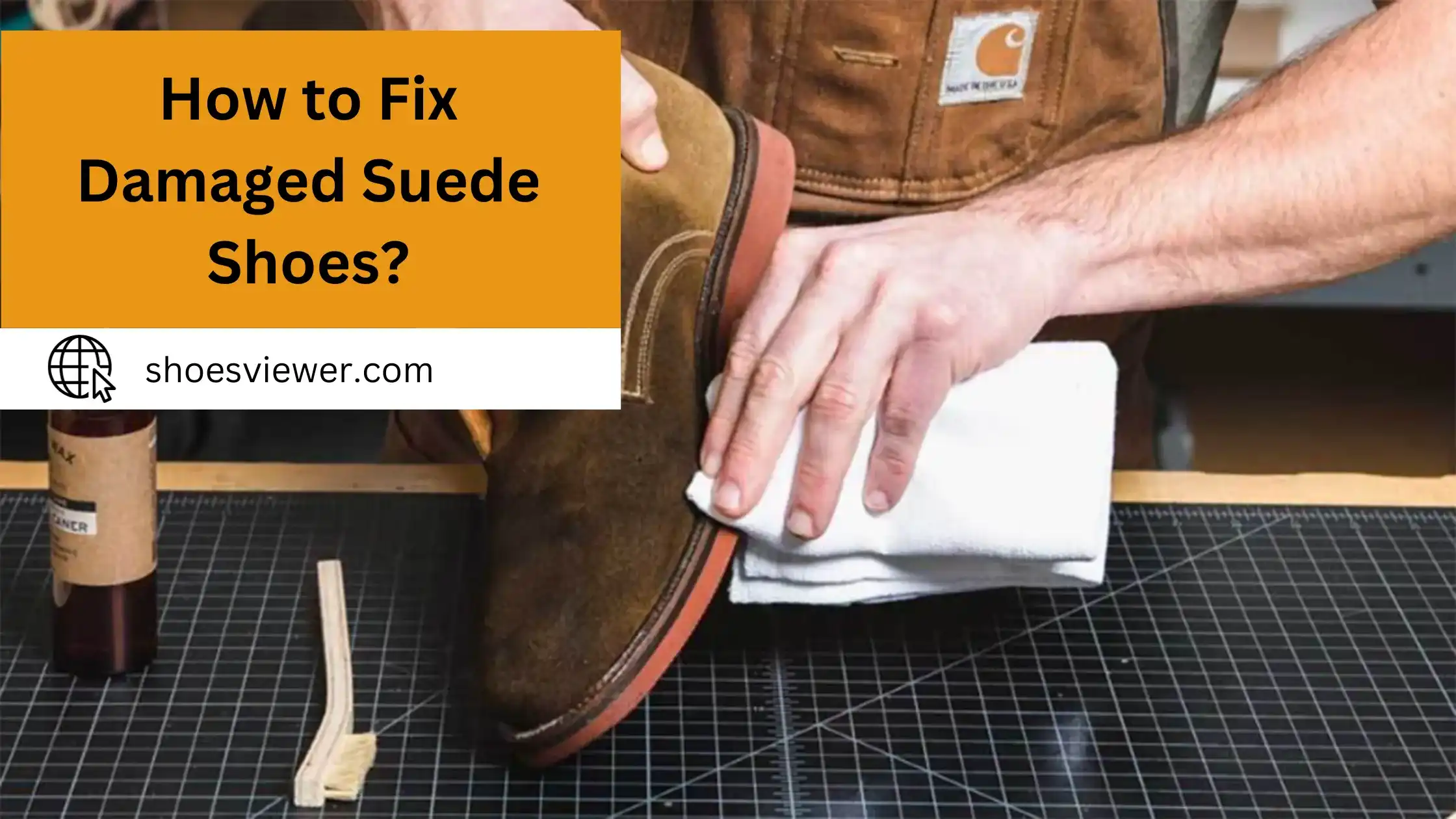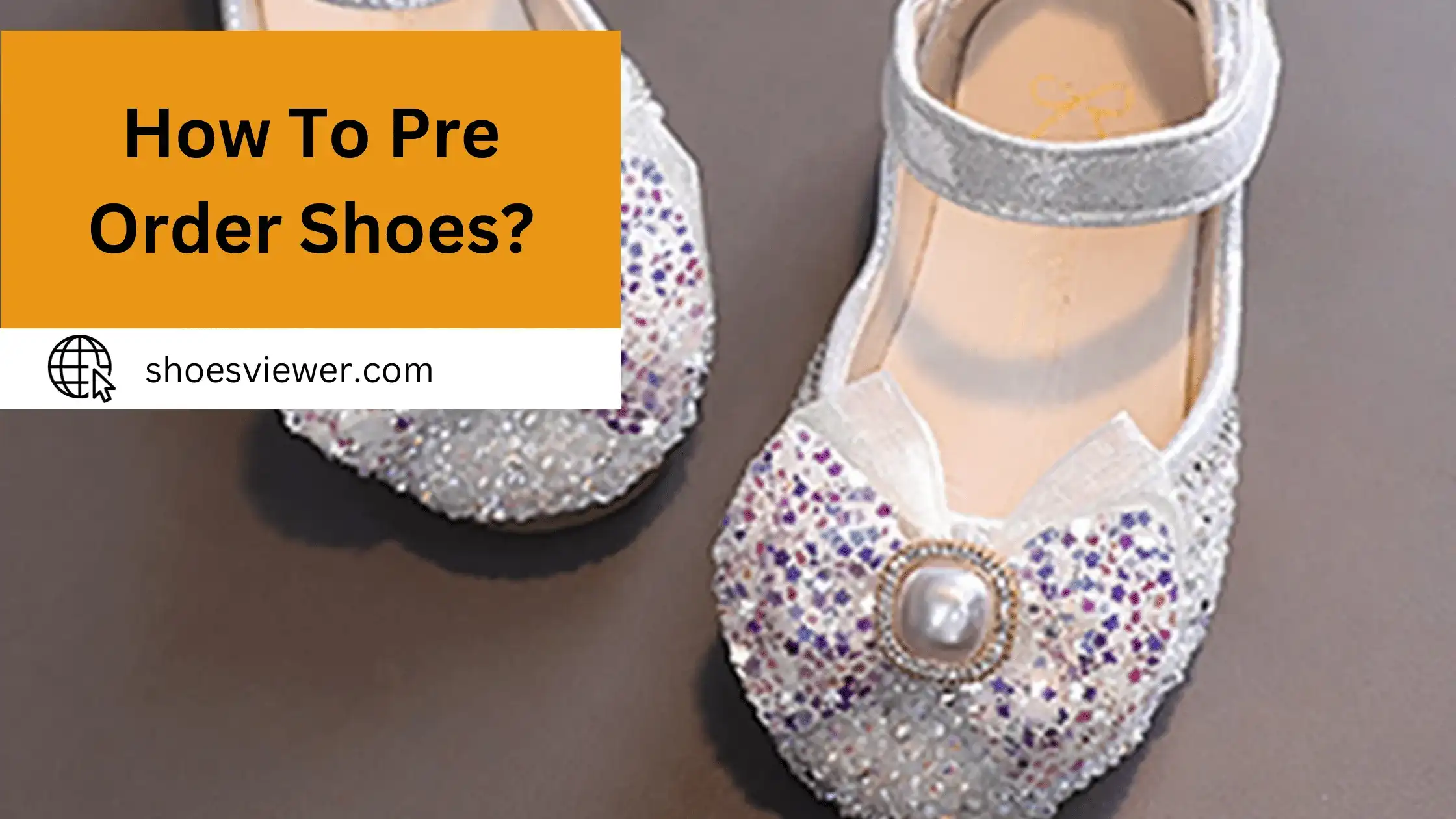It can feel incredibly frustrating when you’ve accidentally picked up boot marks on your legs. I certainly know this feeling, as I’ve been dealing with this issue ever since I used to rock my combat boots.
Thankfully, after trying a few tried and tested methods, it’s now much easier to eliminate any residual boot marks on my legs whenever they happen. Today, I want to share my experience and tips that have helped me eliminate boot mark pain in my legs quickly and efficiently. So, let’s get started!
Quick Solutions: How to Immediately Get Rid of Boot Marks on Legs?
You can try several simple and effective methods to remove boot marks on your legs. These solutions provide immediate relief, reduce redness, and alleviate discomfort.
Initial Cleaning:
My first step was gently wiping the area with a damp cloth to remove any superficial dirt.
Mild Soap Application:
I then used a mild soap, applying it gently circularly over the marks.
Moisturizing the Area:
After cleaning, I applied a soothing moisturizer to prevent any skin irritation and to keep the skin hydrated.Through these steps, I successfully managed to get rid of the boot marks without harming my skin.
Exploring Home Remedies for Boot Mark Removal:
When dealing with boot marks on your legs, home remedies can be effective for soothing the skin and reducing the appearance of these marks. Here are some commonly used methods:
Cold Compress:
Redness and swelling can be promptly reduced by applying a cold compress. Apply a cold pack or wrap ice in a cloth and place it on the afflicted area for a few minutes. This works very well immediately after taking off the boots.
Aloe Vera Gel:
Aloe vera is known for its soothing and healing properties. Aloe vera gel to the marked areas can help calm irritated skin and provide moisture. It’s conducive for sensitive skin.
Massage with Natural Oils:
Massaging the affected areas with natural oils like coconut, olive, or almond oils can help improve circulation and reduce marks. These oils also moisturize the skin, preventing dryness and irritation.
Warm Compres:
A warm compress can assist with marks that resemble indentations more than redness. The warmth promotes blood flow to the area, hastening the skin’s healing process.
Witch Hazel:
Witch hazel has anti-inflammatory properties and can effectively reduce redness and irritation. Apply it gently to the affected area with a cotton pad.
Over-the-Counter Cream:
Over-the-counter creams with ingredients like arnica or calendula can be effective if the marks are more persistent. These have anti-inflammatory properties and can help in reducing marks.
Exfoliation:
Gentle exfoliation can remove dead skin cells and improve circulation, helping to diminish the appearance of boot marks. This should be done regularly, not just after noticing marks.
Most boot marks are temporary and can be easily treated with these home remedies. Consistency is vital in skin care; these remedies work best when applied regularly.
Understanding Why Boots Leave Marks on Your Legs?
Understanding why boots leave marks on your legs involves considering several factors, including the design and fit of the shoes, the duration and conditions under which they are worn, and your skin’s sensitivity. Here’s a breakdown of the critical factors:
Friction and Pressure:
One of the primary reasons is friction. Boots, especially new or stiff ones, can rub against the skin, irritating. This friction becomes more evident when walking, as the shoes continuously move against the skin.
Moisture and Heat:
Sweat and heat build-up inside the boots can also contribute to this issue. When the shoes are on for extended periods, the warmth and moisture can soften the skin, making it more susceptible to marking.
Tightness and Poor Fit:
Another factor is the fit of the boots. If they are too tight, they can constrict the skin and leave indentations. Conversely, if they are too loose, the constant slipping and rubbing can also cause marks.
Preventive Measures: How to Avoid Getting Boot Marks on Legs?
Determined to avoid repeating this, I researched and adopted several preventive measures.
- I learned the importance of choosing boots that fit correctly, not too tight or loose, to reduce friction.
- Investing in thicker, cushioned socks became my go-to strategy to provide a protective layer between my skin and the boots.
- I started gradually breaking in new boots, initially wearing them for short periods to avoid harsh rubbing against my skin.
- For extra protection, I began using leg sleeves or soft bandages in areas where the boots tended to rub.
- Keeping my legs well-moisturized to maintain skin elasticity and reduce susceptibility to marks became a part of my routine.
- I started rotating between different pairs of boots to avoid constant pressure on the same areas.
Through these measures, I’ve successfully managed to prevent boot marks and enjoy my walks and hikes without worrying about skin irritation or marks.
Expert Advice: What Dermatologists Say About Boot Marks on Legs?
Understanding Skin Reactions:
Dermatologists explain that boot marks are often the result of prolonged friction and pressure against the skin. This can lead to hyperpigmentation, chafing, or even blisters.
Skin Type Considerations:
They emphasize that individuals with sensitive skin or certain skin conditions are more prone to these marks. The skin’s reaction varies based on its sensitivity and health.
Importance of Proper Footwear:
Experts advise choosing well-fitting boots to minimize unnecessary friction. They recommend avoiding overly tight footwear that can restrict blood flow and cause skin irritation.
Role of Moisturization:
Regular skin moisturization is suggested to maintain its elasticity and barrier function, which can help reduce the risk of marks and irritation.
Protective Measures:
Dermatologists often recommend using physical barriers like thick socks or special padding in areas where the boot may rub against the skin.
Aftercare and Treatment:
Gentle skincare routines, including mild cleansers and moisturizers, are recommended for treating existing boot marks. In some cases, topical treatments may address hyperpigmentation or skin healing.
Following these expert guidelines can help prevent and treat boot marks on your legs, ensuring healthier skin and a more comfortable experience with your footwear.
Conclusion:
I have learned countless valuable lessons from my own experiences on how to get rid of boot marks on my legs and found that an easy solution to this predicament is to invest in a quality pair of padded socks. Taking these simple steps can ensure you’ll no longer struggle with the annoying problem of unsightly boot marks. Therefore, with consistency and dedication, you can masterfully learn how to remove them from your legs without further issues. So bravely take up this challenge and eliminate those pesky boot marks!
